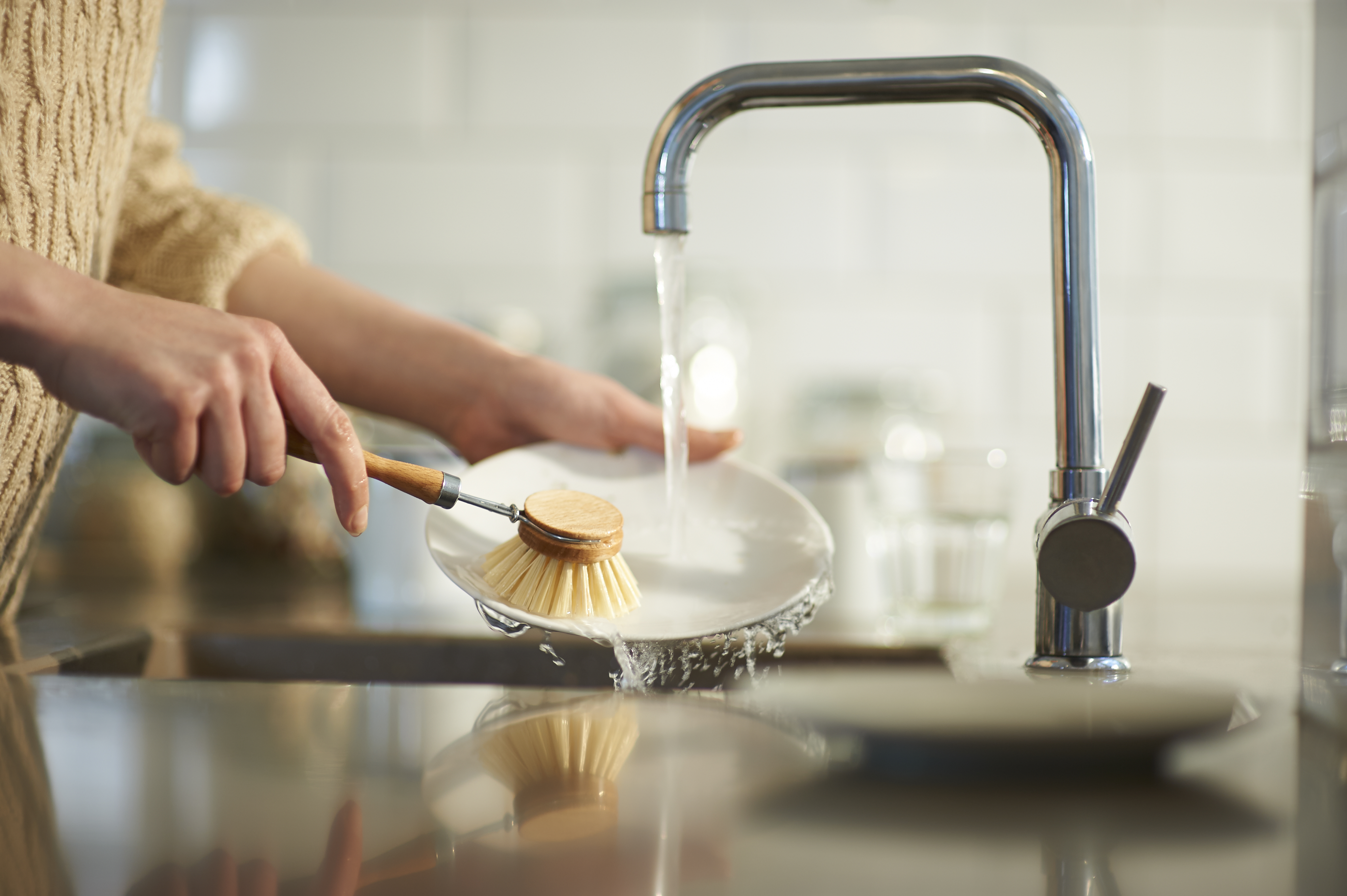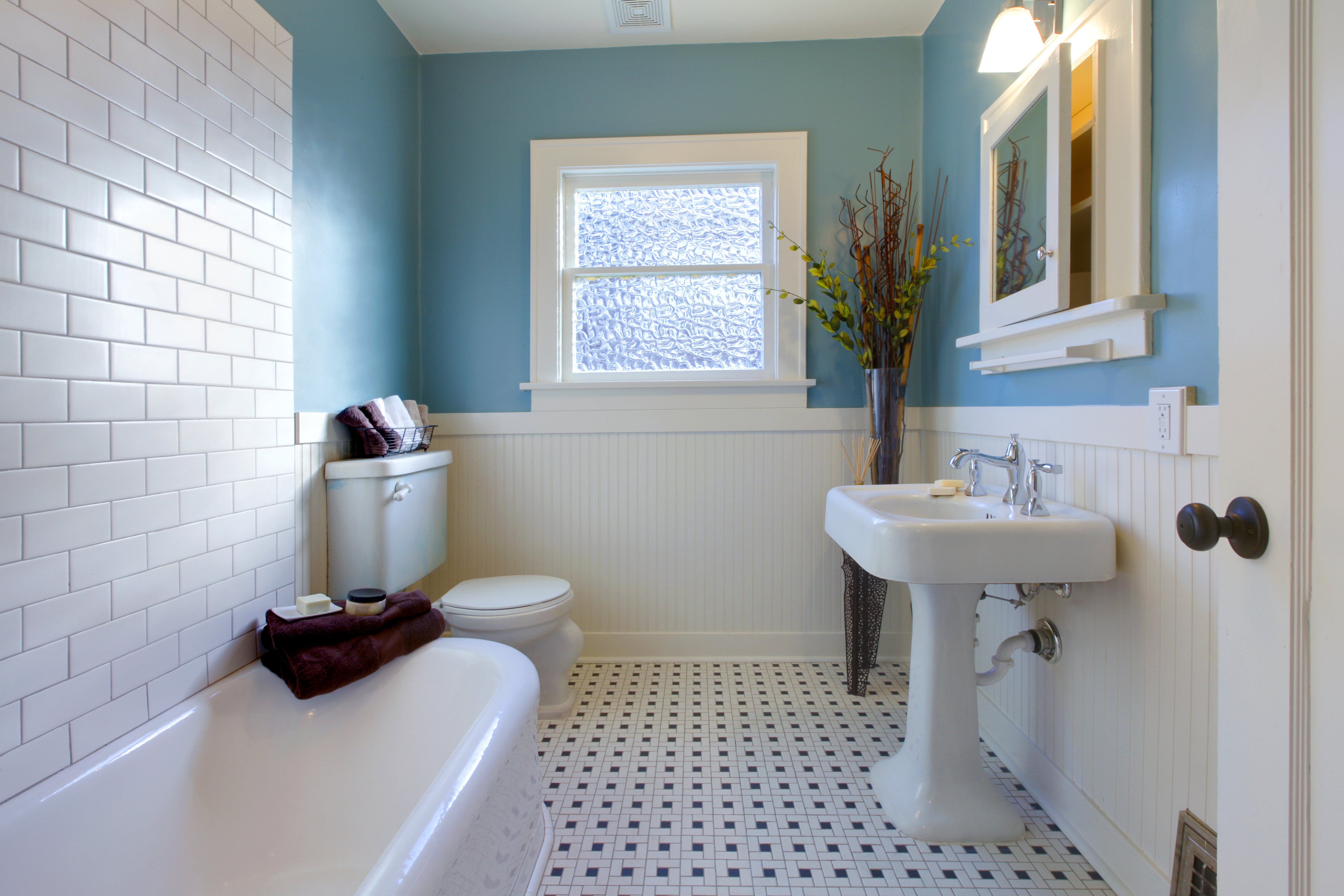
Here's a look at how much you can expect to pay to replumb your mobile home with new pipes that meet all local code requirements and environmental regulations.
Cooking is about to get a whole lot easier


Take a look at Pinterest these days and it won’t take you long to find a picture perfect kitchen with a pot filler over the stove. This trendy addition adds a lot of functionality and style to a kitchen. The good news is you can install one on your own if you don’t want to hire a plumber near you to get the job done. Keep reading for a step-by-step guide on how to install a pot filler.
Before diving into installing a pot filler, measure the distance between the stove and the water source to ensure the right fit. When purchasing the pot filler, consider buying a kit rather than individual supplies; it often includes essential components and eliminates the guesswork in assembly. Verify the kit includes all necessary parts, such as the faucet, wall-mounting hardware, and pipes, ensuring compatibility with your kitchen setup. If opting for separate supplies, double check that there is compatibility between the faucet and the pipe size to avoid additional trips to the hardware store. You also need to understand the layout of your walls to avoid hitting electrical wires or plumbing lines when drilling.
It’s always a good idea to pause before kicking off this project to check local plumbing codes and regulations before beginning the installation.
Locate a suitable spot above your stove for the pot filler. You can use a stud finder to locate the studs in the wall to ensure a secure installation. Then you will hold the pot filler against the wall at the desired height and mark the locations for the mounting holes using a pencil. Double-check the alignment and ensure it's centered above the stove.
Drill pilot holes at the marked locations for the mounting screws. It’s important to use the appropriate wall anchors if needed for extra support.
Next, you will attach the mounting bracket to the wall using the screws or bolts provided in the kit. Make sure it's firmly secured to the wall and aligned correctly.
To connect the water supply and get your pot filler working, you will have to start by turning off the main water supply. If needed, cut the water line and solder or connect the necessary fittings to extend the pipe to the pot filler location. Use Teflon tape on threaded connections to prevent leaks.

Connect the pot filler to the mounting bracket and ensure a snug fit and tighten the screws or bolts securely.
While it may seem like it’s time to wrap up this project, be sure to test for leaks. Turn on the main water supply and test the pot filler for leaks. Then, check all connections thoroughly and address any leaks by tightening connections or reapplying Teflon tape if necessary.
To make sure you are really ready to go, adjust the pot filler arm to ensure it extends over the stove adequately. Tighten any loose joints or connections to secure the pot filler in place. One last time, run water through the pot filler to ensure proper functionality and check for any final leaks. Once everything is secure and leak-free, your pot filler installation is complete and you can start cooking in style.
While you can tackle this home improvement on your own, DIY installation of a pot filler demands moderate plumbing and carpentry skills. Not to mention, you need quite a few tools like wrenches, drills, and pipe cutters. The total cost for tools and supplies can range from $500 to $1000, depending on the quality of materials used. Cost-wise, DIY typically saves installation fees, but complexities can lead to mistakes, requiring expert fixes, and possibly increasing the total expense.
How much does it cost to install a pot filler with professional help? Hiring a plumber for precise installations ensures code compliance and avoids potential leaks, though costs vary by location, averaging $200 to $600 for labor. Consider DIY if confident in your skills. Otherwise, hiring a licensed plumber guarantees a flawlessly installed pot filler, ensuring long-term functionality and peace of mind.
From average costs to expert advice, get all the answers you need to get your job done.

Here's a look at how much you can expect to pay to replumb your mobile home with new pipes that meet all local code requirements and environmental regulations.

Discover the pricing factors that will affect your main water line repair cost in Boston, including the repair type, size, and accessibility challenges.

Discover how much a plumber costs in Boston and what impacts the total price, plus what to consider when hiring a licensed plumber in your neighborhood.

Copper is prone to leaks from corrosion, particularly pinhole leaks. This guide will show you how to fix a copper pipe leak in seven different ways.

A new showerhead is an easy, affordable way to upgrade any bathroom. Learn how to change a showerhead, from removing the old to installing the new.

Need to stop a plumbing leak quickly and minimize water damage in your home? Buy yourself some time with these temporary fixes for a leaking pipe.